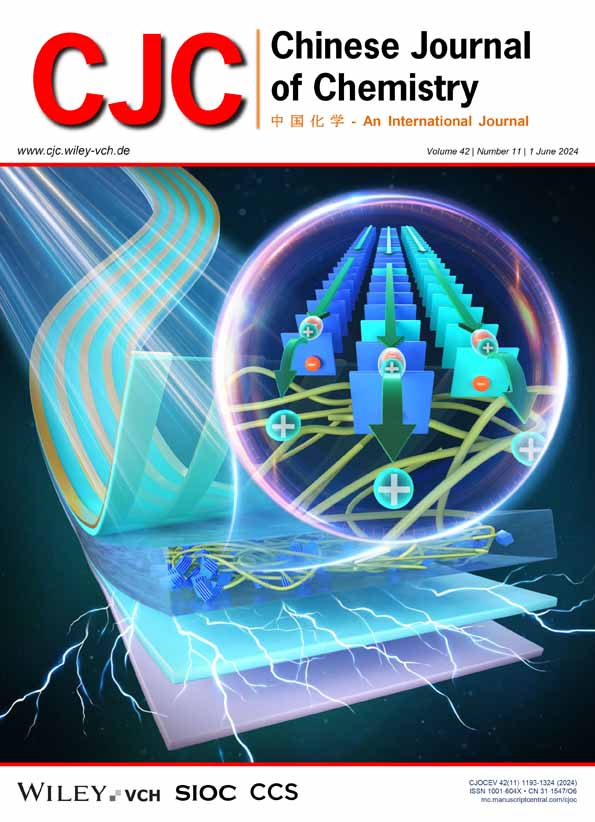Tactics to Improve the Photodynamic Therapeutic Efficacy Based on Nanomaterials
Abstract
The development of photodynamic therapy (PDT), from its initial discovery of photodynamic effects to its current use in various medical conditions, is a testament to its therapeutic potential. Recent breakthroughs in nanotechnology have significantly enhanced the effectiveness of PDT. Typical nanomaterials (NMs), including metal-organic frameworks (MOFs), covalent organic frameworks (COFs), and nanozymes have been introduced to enhance the photodynamic efficacy because they can enhance the delivery of PSs, and effectively overcome insufficient targeting specificity, limited tissue penetration depth, and hypoxic microenvironments, thereby amplifying its therapeutic efficacy. However, the clinical application of these NMs in PDT faces several challenges, including concerns regarding biocompatibility, long-term biosafety, and economic feasibility. To further advance PDT, researchers should focus on designing NMs to improve therapeutic outcomes, exploring combination therapies with PDT, and conducting translational clinical trials to validate the safety and therapeutic efficacy of these novel PDT approaches. This review summarizes the recent progress in PDT based on NMs, especially MOFs, COFs and nanozymes and their application in disease treatment. We aim to provide guidance for future research and clinical practice in advancing NMs-enhanced PDT, paving the way for more effective therapeutic strategies.
Key Scientists


 求助内容:
求助内容: 应助结果提醒方式:
应助结果提醒方式:


